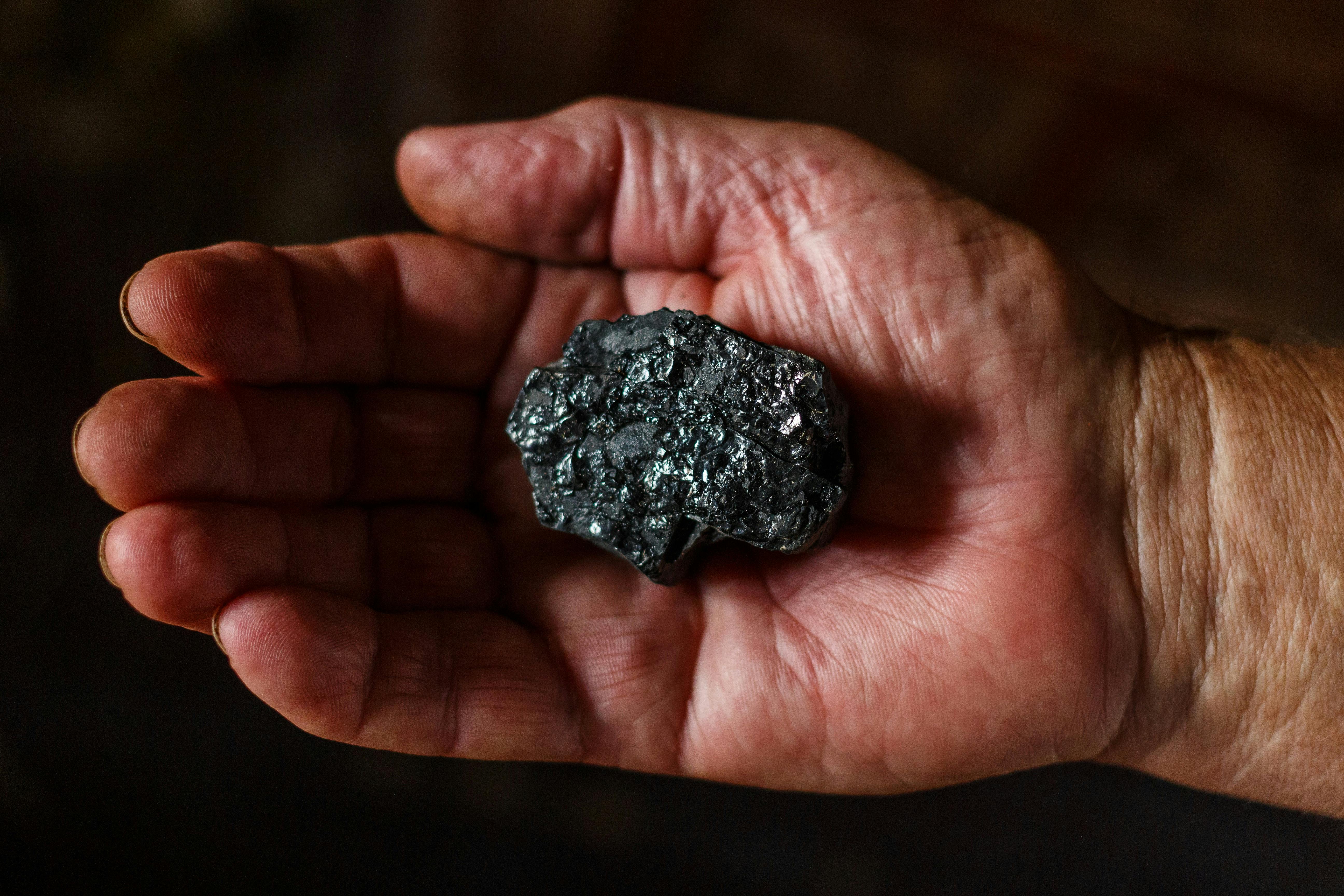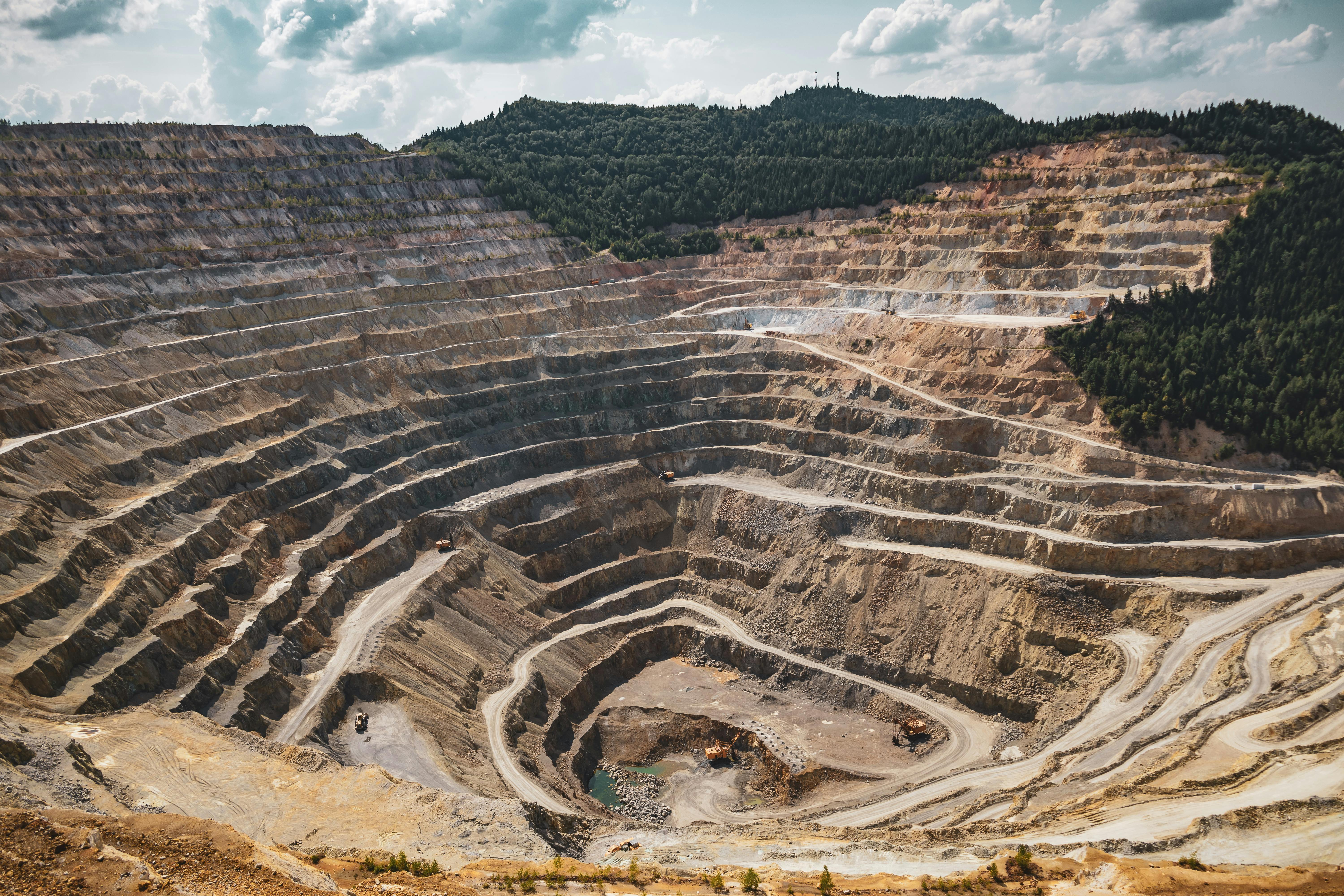DTH vs Rotary Drilling: Choosing the Right Method for Your Mine
This in-depth guide explores the key differences between the two methods and helps you identify which is best suited for your mining project.

DTH vs Rotary Drilling: Choosing the Right Method for Your Mine
Choosing the right drilling method is one of the most consequential decisions in any mining project. It impacts everything from initial capital investment to daily operating costs, from hole accuracy to equipment lifespan. Among the most widely used methods, two dominate the mining sector: Down-The-Hole (DTH) and Rotary drilling. While both are efficient and reliable in the right contexts, they serve very different purposes. Understanding these differences isn’t just a technical exercise t’s a strategic advantage.
At Avalon, we work daily with mining operators who face this exact choice. What we’ve learned is simple: there’s no universal best method, only the best method for a specific situation.

Beyond Definitions: What Really Sets DTH and Rotary Apart
Too often, comparisons between DTH and rotary drilling are reduced to technical jargon. In reality, the distinction lies in their approach to energy transmission and the type of ground conditions they are designed to tackle.
DTH drilling places the hammer at the end of the drill string, directly behind the bit. The percussive energy is delivered precisely where it’s needed—at the bottom of the hole. This results in exceptional penetration in hard rock formations, improved hole straightness, and reduced energy loss.
Rotary drilling, on the other hand, relies on continuous rotational force to grind away material. It is better suited for softer formations or layered rock where high-speed rotation is more efficient than percussion. It tends to be faster in those conditions and often less expensive in terms of consumables.
But the choice goes far deeper than that.
Matching Method to Geology: The Core Decision Factor
In hard, abrasive rock like granites, quartzites, or volcanic formations—DTH drilling simply performs better. The hammer action pulverizes rock more effectively than rotation can grind it, and the rigidity of the system helps maintain verticality in deep holes. This is why DTH is the method of choice in quarries and hard rock open-pit mines.
Rotary drilling, however, shines in formations like limestone, clay layers, or sedimentary rock where speed trumps force. It’s often used in coal mining or mineral exploration where the rock doesn’t fight back as hard.
Geology, therefore, is not just one variable among many. It’s the blueprint for your entire drilling strategy.
Efficiency, Cost, and Consumable Life
Operational efficiency isn't just about speed it’s about cost per meter drilled. This is where many mining operators find themselves at a crossroads.
While DTH drilling may involve a higher upfront cost especially in terms of hammer and bit wear it compensates through greater accuracy, deeper penetration in fewer passes, and longer intervals between maintenance. In rough terrain or when blasting precision is critical, DTH proves its value over time.
Rotary drilling typically comes with lower consumable costs and faster progress in soft materials. However, it often results in less control over hole deviation and may struggle with boulders or fractured ground.
The balance is delicate. Choose the wrong method, and you may end up spending more on replacements, downtime, or worse—incorrect drilling results that compromise the entire blast plan.
One Size Never Fits All
It’s tempting to look for a universal solution a tool or a technique that can handle everything. But mining rarely offers that kind of simplicity. In fact, some operations rely on both methods: DTH for final-stage drilling or hard zones, and rotary for overburden or intermediate layers.
The most effective teams aren’t those that choose a side they’re the ones who ask the right questions:
What are we drilling through? What precision do we need? What’s the long-term cost per meter, not just the upfront price?
At Avalon, we help clients run these calculations every day. We don’t just sell consumables we help you build the strategy behind them.
Final Thoughts
The choice between DTH and rotary drilling isn’t about preference or trend. It’s a decision rooted in science, economics, and experience. Getting it right can elevate a mine’s performance, reduce operating costs, and improve project timelines.
If you’re at a crossroads in your drilling approach or simply want to validate your current strategy our team at Avalon is ready to help. From expert advice to field-tested consumables, we ensure your operation runs as efficiently as the terrain allows.
We’re the future of the mining industry
Ready to push productivity, cut consumable spend and move your operation toward a lower‑carbon footprint? Talk to our engineers today and see what Avalon can do for your drill string.


